The 1960s were a transformative decade for fashion and beauty, with bold styles and innovative products redefining what it meant to look glamorous. But some of the beauty tips and tricks from that era are downright shocking by today’s standards. From questionable chemicals to downright bizarre routines, these methods might leave you scratching your head—or running for the hills. Let’s take a nostalgic but cringe-worthy look at 12 beauty tips from the ’60s that we’d never try today.
1. Using Tape to Create the Perfect Cat Eye
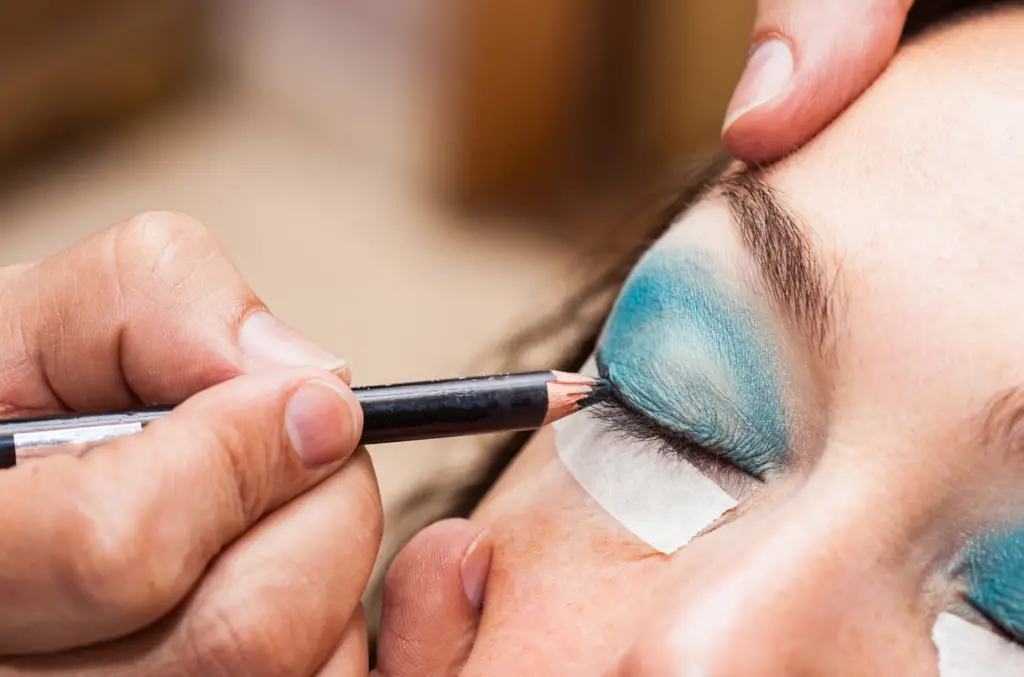
Before precision eyeliner pens were a thing, many women in the ’60s used adhesive tape to achieve their iconic winged eyeliner look. The idea was to place the tape along the edge of the eye, creating a stencil to guide the perfect flick. While it worked, the risk of pulling on delicate skin and causing irritation was high.
Today, with specialized tools like stencils and smudge-proof liners, taping your face seems unnecessary and harsh. But back then, it was a quick fix for the perfect mod look à la Twiggy.
2. Dousing Hair with Beer for Shine
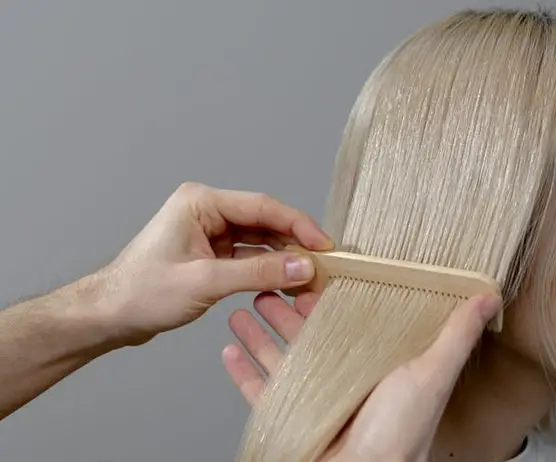
In the ’60s, women were encouraged to pour flat beer over their hair as a conditioning treatment to add shine and body. The protein in beer was believed to strengthen hair, while the malt and hops supposedly made it glossy. However, the smell and sticky residue were less than appealing.
While beer-based hair products exist today, rinsing your hair with a can of Budweiser would likely raise eyebrows—and waste a perfectly good drink.
3. Plucking Eyebrows Into Thin, High Arches
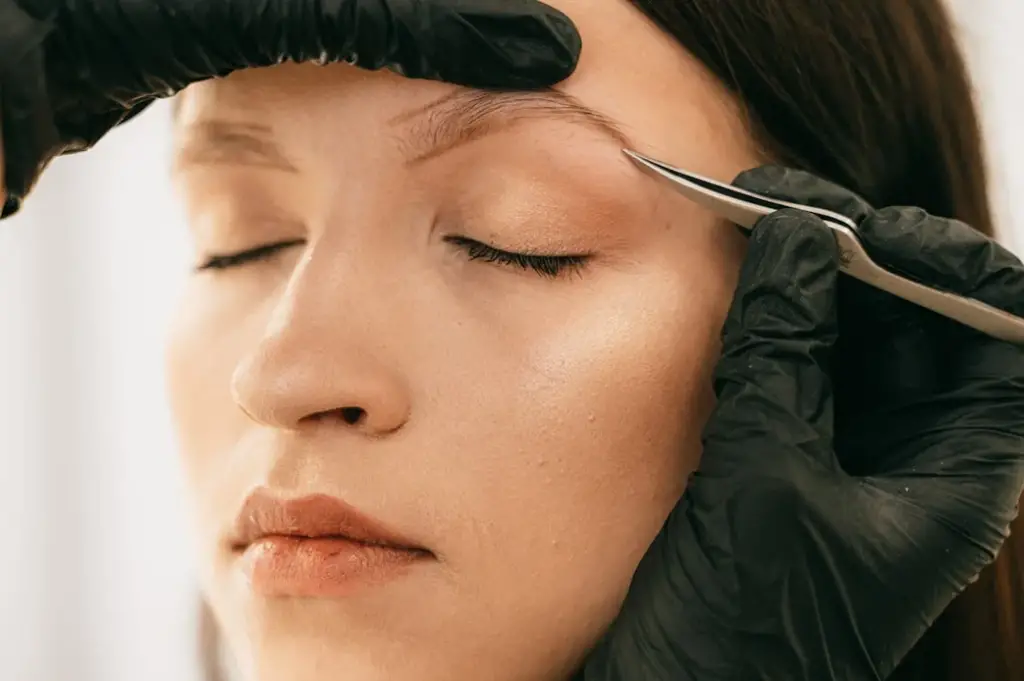
The ideal eyebrow shape in the ’60s was thin, arched, and heavily plucked—a far cry from today’s trend of bold, natural brows. Women often over-plucked their eyebrows, sometimes using razors or harsh chemicals to remove excess hair.
Unfortunately, this practice often led to permanently sparse brows that wouldn’t grow back properly. Modern brow trends favor fuller, more natural shapes, making the over-plucking of the ’60s a cautionary tale for today’s beauty enthusiasts.
4. Using Vaseline as a Highlighter
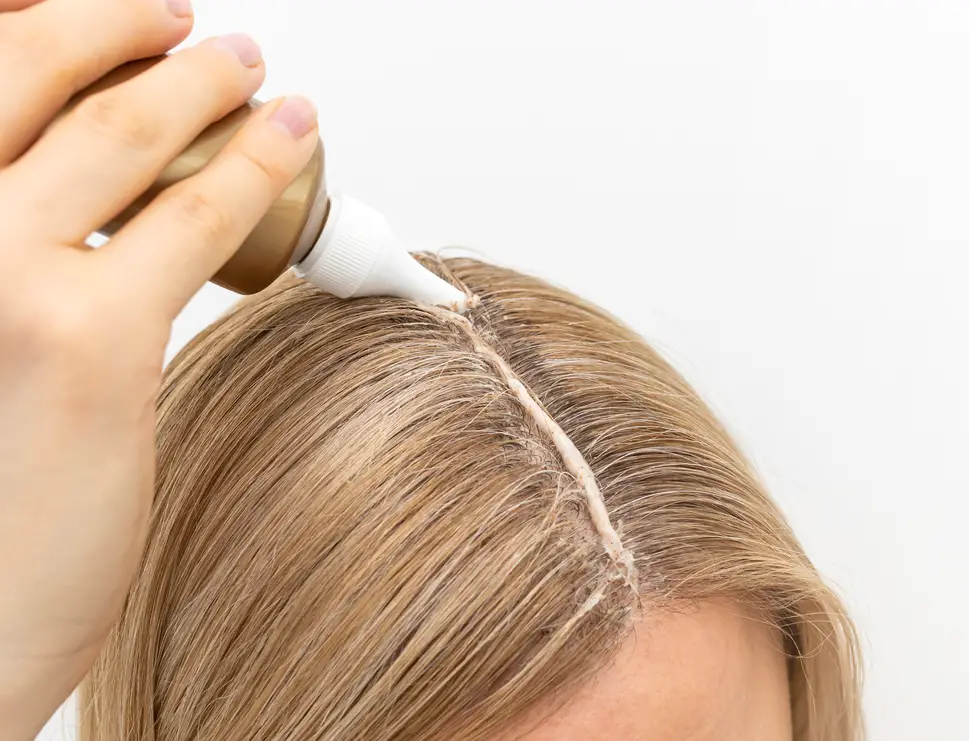
Vaseline was the go-to product for creating a dewy, luminous look in the ’60s. Women applied it to their cheekbones, eyelids, and lips to add a glossy sheen. While it achieved the desired effect, it wasn’t exactly practical, as the greasy texture often caused smudging and clogged pores.
Nowadays, there are countless highlighters and glossy makeup products specifically designed to be lightweight and non-comedogenic, making Vaseline as a beauty product a thing of the past.
5. Teasing Hair to Sky-High Heights
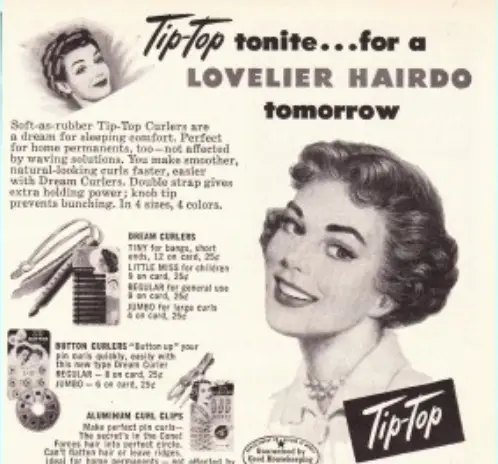
The bouffant and beehive hairstyles of the ’60s required endless teasing and backcombing to achieve their towering heights. Women used fine-toothed combs to create massive volume, often finishing the look with a cloud of hair spray to hold everything in place.
While the results were dramatic, the damage was undeniable. Teasing hair repeatedly caused breakage, dryness, and split ends, making this technique a nightmare for modern hair health advocates.
6. Applying White or Pastel Lipstick
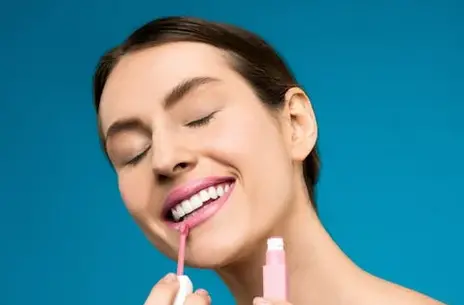
The ’60s were all about experimenting with bold, unusual makeup trends, and one of the most iconic was white or pastel-colored lipstick. These pale shades gave women a mod, futuristic look but often resulted in a washed-out or unnatural appearance.
Today, bold, colorful lips are in, and the idea of sporting chalky white lipstick feels more suited to a costume party than everyday glamour.
7. Slathering on Cold Cream for Cleansing
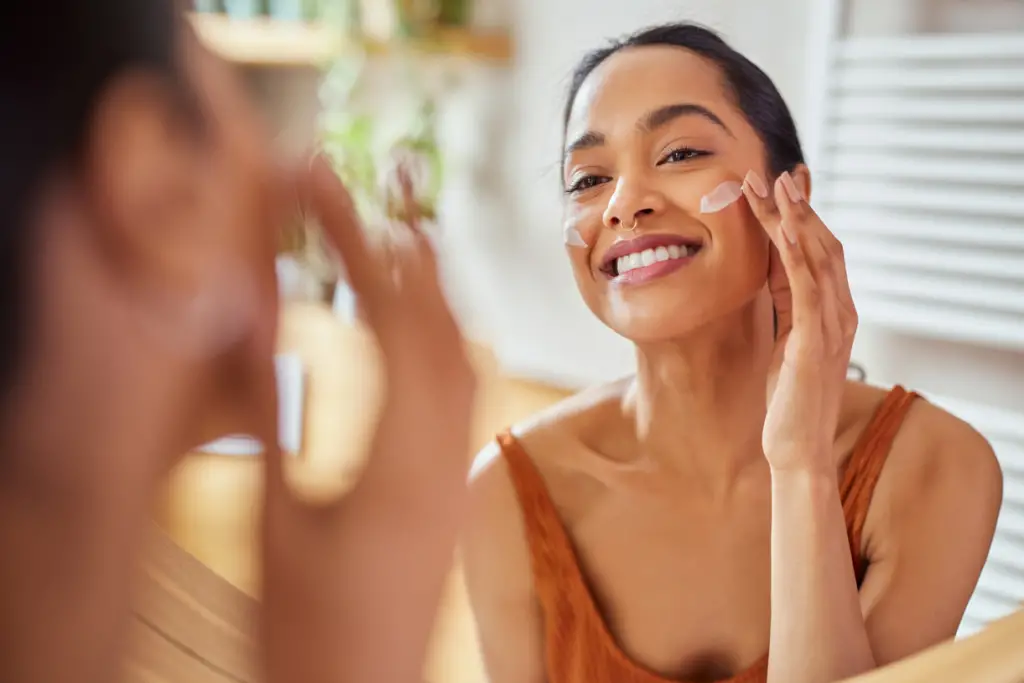
Cold cream was the skincare staple of the ’60s, marketed as an all-in-one product for cleansing, moisturizing, and removing makeup. Women would generously apply it to their faces and tissues to wipe it off, often leaving behind a greasy residue.
While cold cream still exists, modern cleansers and micellar waters have taken over, offering gentler, more effective ways to remove makeup without clogging pores.
8. Using Lighter Fluid to Remove Nail Polish
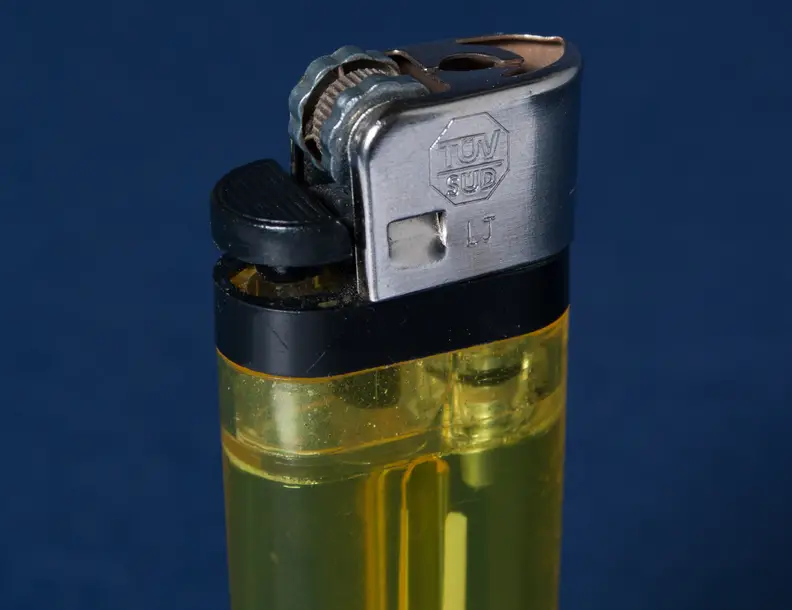
Before acetone-based nail polish removers became widely available, some women resorted to using lighter fluid or turpentine to get rid of stubborn polish. These harsh chemicals worked, but they were highly flammable and toxic, making the practice incredibly dangerous.
Nowadays, the thought of using such hazardous substances for beauty purposes seems absurd, but it speaks to the lengths women went to for perfectly polished nails.
9. Bleaching Hair with Household Products
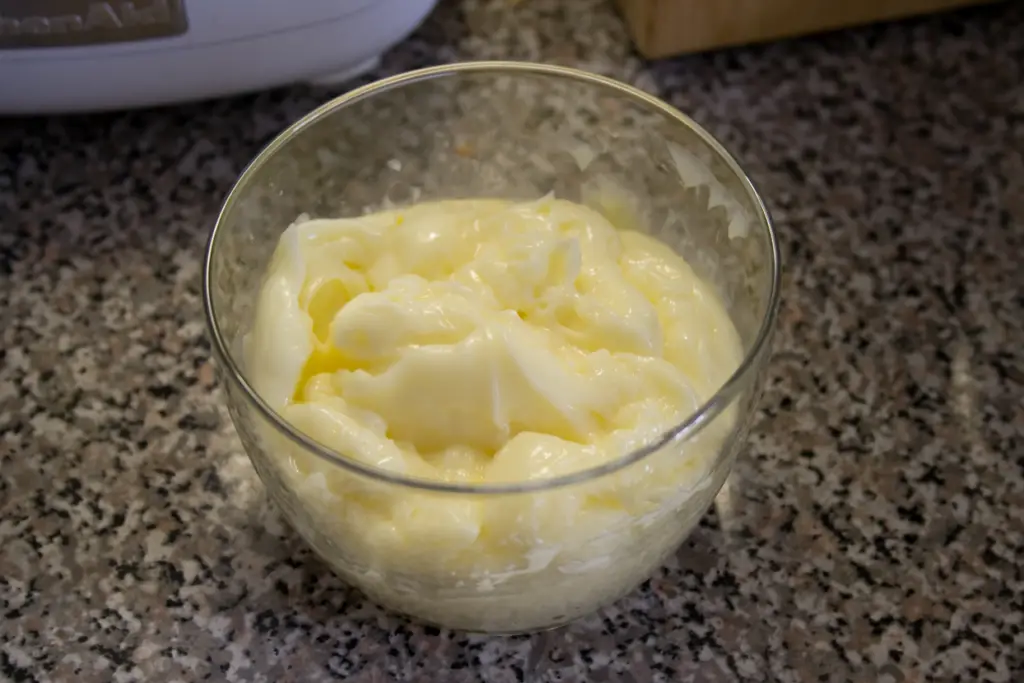
Blonde bombshells like Marilyn Monroe inspired many women in the ’60s to go platinum, but professional hair salons weren’t always accessible. Instead, some women used household bleach or hydrogen peroxide to lighten their locks, often with disastrous results like brittle, straw-like hair.
Modern hair dyes and professional treatments have made safe lightening much more achievable, making DIY bleaching a risky relic of the past.
10. Ironing Hair with a Clothing Iron
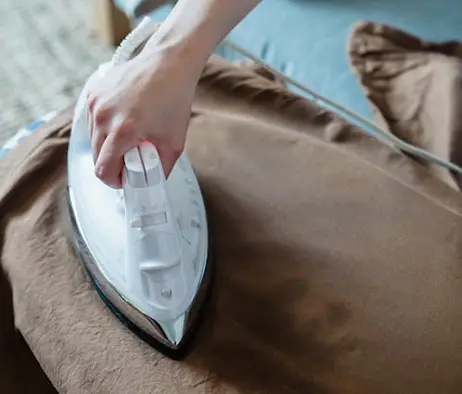
For women who wanted pin-straight hair in the ’60s, a clothing iron was often their tool of choice. They’d lay their hair on an ironing board and carefully run the hot iron over it to smooth out curls and waves. The method was effective but extremely dangerous, with burns and damaged hair as common side effects.
Today, flat irons are specifically designed to straighten hair safely, leaving this risky beauty hack firmly in the past.
11. Drawing on Lower Lashes
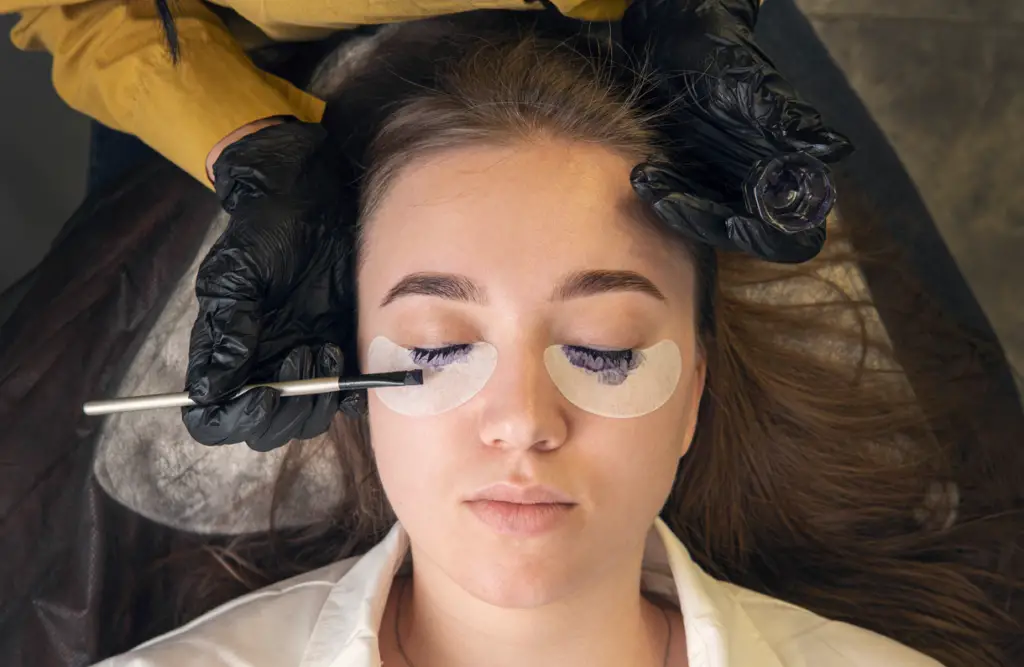
Inspired by the mod makeup trends of the era, women often drew fake lower lashes on their under-eyelid area using eyeliner pencils. This gave the illusion of fuller, doll-like eyes but often looked harsh or unnatural up close.
While dramatic eyes are still a beauty staple, false lashes and modern mascaras provide a much more convincing effect without the risk of looking cartoonish.
12. Wearing Makeup with Lead and Mercury
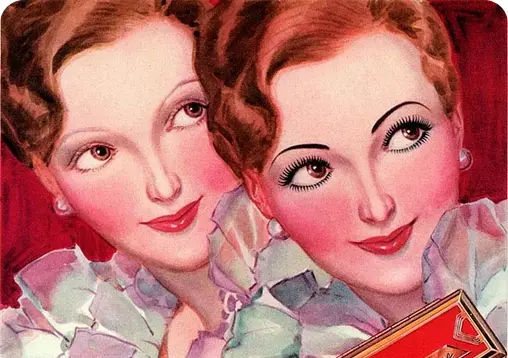
In the ’60s, many cosmetics contained harmful ingredients like lead, mercury, and formaldehyde. From lipsticks to face powders, these chemicals were used to enhance color and texture but came with serious health risks, including skin irritation and long-term toxicity.
Thanks to stricter regulations, today’s beauty products are much safer, though the shocking ingredients of the past serve as a reminder of how far we’ve come in prioritizing health and safety.
The beauty tips of the 1960s may have been innovative for their time, but many of them feel downright hazardous or impractical by today’s standards. While they reflect the bold spirit of the decade, they also remind us of the progress we’ve made in achieving safer and more effective beauty practices.


